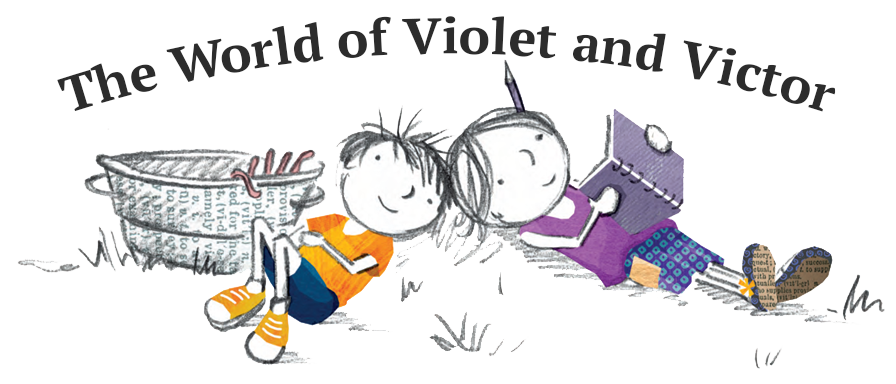Guest Post by Kristina Perez
Today we’ve got a guest post from the wonderful Kristina Perez. She’s a terrific writer and her book The Myth of Morgan la Fey is coming out ANY DAY NOW… I’ll hand you over to her.
Villain or Hero?
What Morgan la Fey Can Teach Us About Characterization by Kristina Pérez
Sorceress. Kingmaker. Mother. Lover. Goddess.
Will the real Morgan la Fey please stand up?
Over the past millennium, the character of Morgan la Fey has persisted in Western literature and pop culture, captivating new audiences and inspiring writers from Sir Thomas Malory to John Steinbeck to Marion Zimmer Bradley.
What is it about Morgan that enthralls readers so, and what can we writers learn from her to create compelling characters of our own?
First and foremost, Morgan la Fey is a shape-shifter. Both literally and metaphorically. She can not only magically transform herself into a stone to evade capture by the Round Table, but she uses her intellect to forge strategic alliances by changing the way others perceive her.
Within Arthurian legend, Morgan also performs the function of both Mother and Lover: a duality that is inherently conflicted within the Western cultural imagination.
Morgan raises her baby brother––the Once and Future King Arthur––but then ushers in the destruction of his kingdom. Even so, in Le Morte d’Arthur (1485), Arthur declares that he has loved and trusted her more than anyone in his life, including his wife, Guinevere. (Morgan has carried on many romantic dalliances with Arthur’s knights but it is also clear that his love for his half-sister is not purely platonic.) And yet, it is Morgan who comes for the dying Arthur after the Last Battle to heal the wounds she has helped inflict. Only through her love and power might King Arthur one day be reborn.
Morgan la Fey is, in a word, complex. John Steinbeck called her a “fabulous character and quite a dish,” arguing that “cleverness, even wisdom, is the property of the villain in all myths.” Morgan is a testament to the fact that there is no such thing a single causation and that a good backstory is essential to making even an über-antagonist sympathetic.
Let’s look at Morgan’s childhood. Her mother, Igraine, is married to Duke Gorlois of Cornwall when King Uther Pendragon falls in love with her (or, at least, in lust). With the aid of Merlin, Uther engineers a battle that kills Morgan’s father on the same night he disguises himself to lie with her mother.
Morgan’s world, quite simply, implodes. Not only is her now pregnant mother quickly married to her rapist and her husband’s murderer, but Morgan is expected to help raise the product of Uther’s treachery: Arthur. Which she does, forming a loving relationship with her half-brother until she is shipped off to a nunnery.
Nevertheless, Morgan uses her innate intelligence to acquire the necessary skills (magical or otherwise) in order to combat the suppression of her own political and personal autonomy. In a society where women, like her mother, are simply tokens traded between men, Morgan dares to demand self-possession.
That is some powerful backstory. If all of Morgan’s actions within Arthurian literature are viewed through this prism, it begs the question: Is she a villain or a hero?
The truism that one person’s villain is another person’s hero has made Morgan particularly popular in feminist retellings of the Arthuriad. The most famous of which, of course, is The Mists of Avalon (1982), which is where I first encountered her.
At the time, I was an unhappy, chubby, somewhat bullied 13-year-old girl but when I read Morgan’s story, I found not only a hero but a superhero. She was a woman who refused to be a victim of her own circumstances, even if her logic was sometimes flawed, who refused to be cowed, and still achieved a measure of redemption.
Morgan shape-shifted for me as a reader, allowing me to both identify with her and challenging me to examine myself. The most memorable characters are those with whom we can relate but who also force us to question the way in which we interact with the world.
No one is wholly good or entirely evil, and the most vivid characters are therefore those who embrace their duality. This tension between darkness and light is what makes Morgan such a potent personage. She refuses to be pigeonholed. She refuses to conform to the stereotypes of either femme fatale or doting wife and mother.
She is both, and neither.
As a writer, it would be a daunting task indeed to attempt to create as mythic a figure as Morgan la Fey. She originated as a Celtic Sovereignty Goddess long before Malory got his hands on her, after all. However, she reminds me that I must strive to give all of my characters a complex psychological history that informs their decision making processes, their relationships (both healthy and dysfunctional) and that even after the denouement no character arc is ever completely resolved.
Like Morgan la Fey, all of us are shape-shifters and the most convincing characters are those who continue to evolve in the reader’s imagination after The End.
Hopefully, they will help us evolve, too.
________
Kristina Pérez is the author of The Myth of Morgan la Fey (Palgrave Macmillan, 2014). She holds a PhD in Medieval Literature from the University of Cambridge and was previously Visiting Assistant Professor at Hong Kong University’s Journalism and Media Studies Centre. She is represented by Sara Crowe of Harvey Klinger, Inc. Keep up with Kristina on her website (www.kristinaperez.com) or follow her on Twitter (@babelbabble).




















